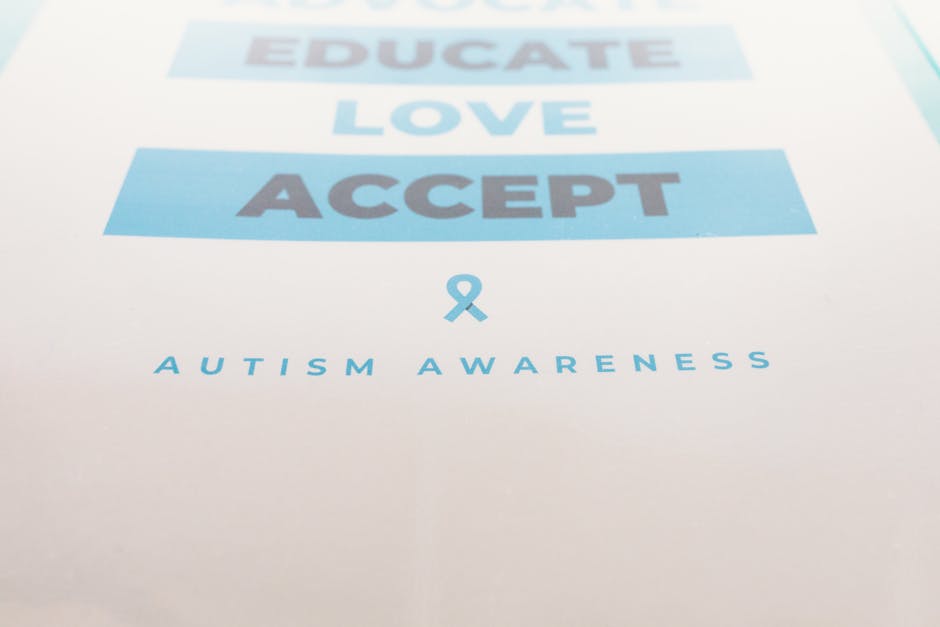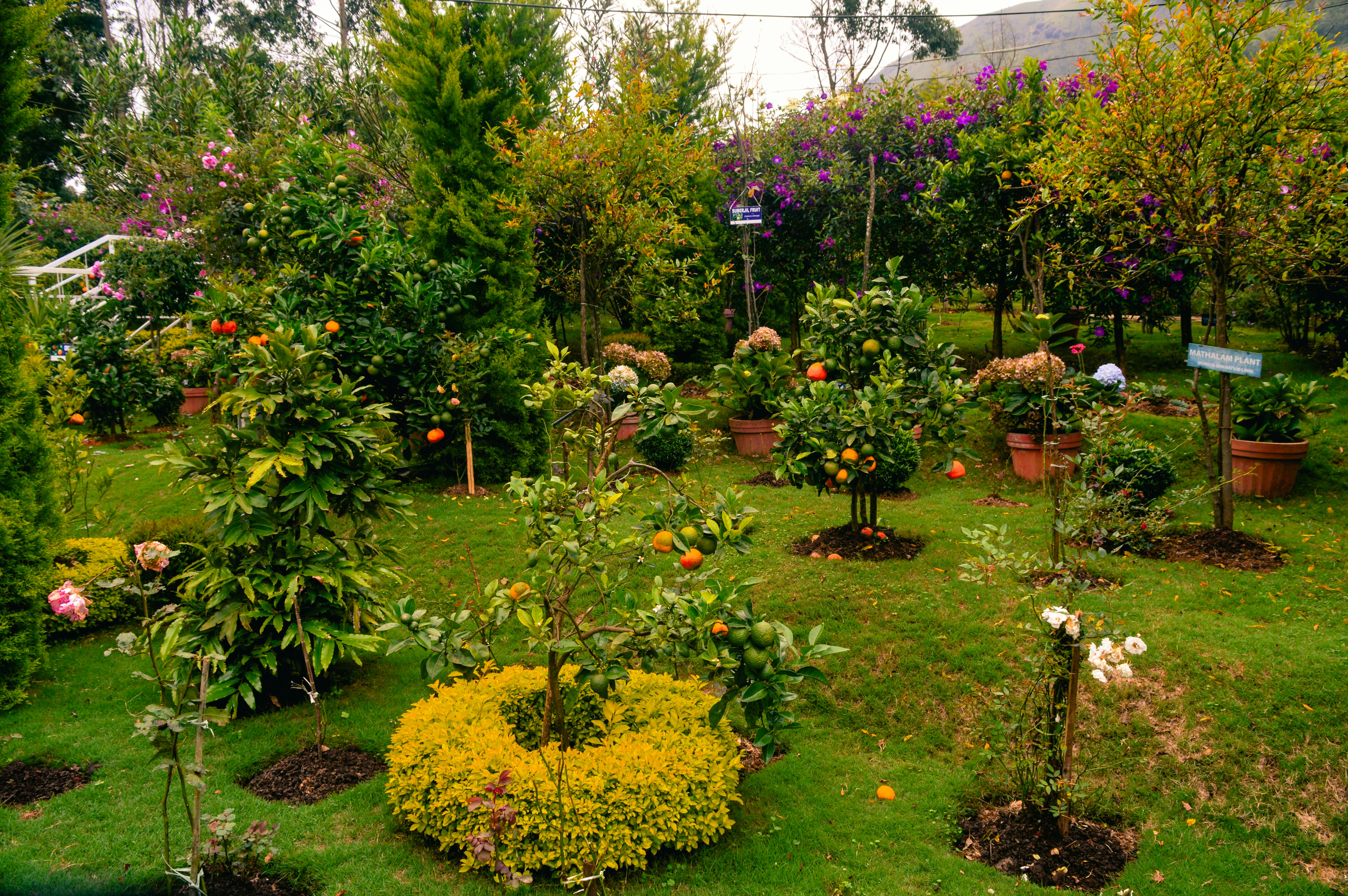Transform Your Well-Being: Harnessing Color Psychology at Home
Did you know that the colors surrounding you play a significant role in shaping your mood, energy levels, and overall well-being? Imagine walking into a space infused with room-deep hues like the warm, inviting tones of orange or the tranquil blues of nature, and how those environments can influence your mental state. In this exploration of color psychology, we’ll delve into the fascinating way your surroundings can boost your health and wellness, transforming not only your space but your life.
Understanding Color Psychology: The Basics

Color psychology investigates how colors affect human behavior and emotions. It's no coincidence that certain brands opt for specific colors to incite feelings or reactions. For instance, soft blues often evoke tranquility, while vibrant reds can stimulate energy. Understanding these associations can be a game changer for crafting spaces that enhance your mood.
According to Andrew Elliot, a professor of psychology, colors can trigger emotional responses based on personal associations and cultural context. This means that beyond psychological theories, our unique backgrounds influence how we perceive color.
How Colors Influence Your Mood and Well-Being

Colors directly correlate with mood. They can uplift or bring down your emotional state, often in unexplainable, subtle ways. Let's break it down by color:
1. Blue: The Calming Force

Blue hues tend to induce feelings of calmness and serenity. Many find them conducive to relaxation, making them perfect for spaces meant for unwinding, like bedrooms or meditation areas. Want to create a soothing retreat? Consider painting a wall or incorporating blue decor into your home.
2. Yellow: The Happy Energizer

The color yellow is often associated with happiness and sunshine. Adding splashes of yellow—whether through artwork, flowers, or furnishings—can invigorate a space and enhance feel-good vibes. It’s perfect for kitchens or communal areas where you want to foster cheerfulness.
3. Green: Harmony with Nature

Green shades represent nature and balance, known to promote a sense of renewal. Integrating green through plants or decor within your living space not only adds aesthetic appeal but also helps to minimize anxiety—ideal for both home and office environments.
4. Orange: The Energizing Hue

Orange is often linked with enthusiasm and creativity. You might wonder why some creative workspaces sport this vibrant color; it sparks innovation and collaboration. Consider incorporating orange accents into your office or studio to motivate yourself.
5. Red: The Stimulating Force

While red can denote power and courage, it can also incite feelings of urgency or anger. It's a great color for high-energy, active spaces, but be mindful not to overdo it indoors. Use red thoughtfully to promote a burst of energy when needed.
Color Therapy: Enhancing Mental Wellness Through Design

Color therapy—also known as chromotherapy—utilizes colors to influence physical and mental health. Many therapists integrate color therapy into holistic healing practices because colors can profoundly affect emotional states. Expanding beyond mere aesthetic choices, employing color therapy in your surroundings may facilitate healing and balance.
Incorporating Color Therapy in Daily Life
You don’t need to paint an entire room to invoke the principles of color therapy. Small, intentional changes can yield significant effects:
- Accent Pieces: Use decorative items in your desired color for a statement that stimulates awareness without overwhelming the senses.
- Ambient Lighting: Smart lighting is a simple way to adjust the color and feel of a room; warmer tones can create a cozy atmosphere, while cooler shades are invigorating.
- Seasonal Switches: Changing colors with the seasons aligns not only your environment but also your emotional state with the world around you.
Creating Color Harmony at Home
Now that we understand how color impacts our wellness, let’s consider practical ways to apply this knowledge in home design.
Evaluate Your Space
Begin by observing the colors that dominate your living space. Which areas promote relaxation, and which feel chaotic? Taking stock can guide your choices moving forward.
Emphasize Natural Light
Natural light enhances color brilliance. By making the most of sunlight with lighter wall colors or mirrors, you can create an uplifting ambiance.
Concept of Liminal Spaces
Liminal spaces—transitional zones between one state and another—can provide a sensory experience that's amplified with color. For example, think about the colors in your entryway or hallways: they connect spaces and completing the journey from one mood to the next. Experimenting with color in these transitional areas can subtly influence the experience of moving from one environment to another.
Embrace Biophilic Design
Biophilic design merges nature with indoor spaces, emphasizing natural materials and colors inspired by the outdoors. By incorporating plant greens and earthy tones, you can create a relaxing atmosphere that positively impacts your mental well-being, enhancing your daily experience significantly.
The Impact of Color in Workspaces
Office colors can deeply influence productivity and morale. A stimulating environment fosters creativity, collaboration, and innovation. Here are practical ideas to help you integrate colors effectively in workspaces:
- Break Rooms: Warm colors can energize tired employees. Bright artwork or painted walls can reinvigorate these spaces.
- Collaborative Areas: Adding vibrant colors stimulates teamwork and communication for meetings and brainstorming sessions.
- Private Offices: Opt for calming shades in personal spaces where focused work takes place, fostering concentration and reducing stress levels.
Practical Exercise: Color Meditation
One engaging way to experience color’s impact is through a simple meditation exercise. Sit in a comfortable spot and visualize different colors while reflecting on how each makes you feel. Document your reactions to determine what colors resonate most positively with your emotional state. This practice can guide your color choices when designing spaces that reflect your inner self.
Exploring the Connection Between Color and Food
Surprisingly, color also influences our eating habits. Brightly colored foods not only attract us visually but also evoke specific emotional responses. Here’s how to harness the colorful world of food to enhance well-being:
Taste the Rainbow
Eating a rainbow of fruits and vegetables ensures that you're exposed to a variety of nutrients, promoting both physical health and mood enhancement.
If you're interested in a delightful exploration of how to incorporate colorful foods into your diet, check out "Taste the Rainbow: Boost Your Mood with Colorful Foods".
Setting the Table
Using vibrant tableware or serving colorful dishes can elevate meal experiences, positively influencing your perception of food. Take small steps to add colorful decorations that harmonize with the culinary colors you serve.
Mindful Color Choices: A Lifelong Journey
Exploring how to leverage color for health and wellness becomes more than a one-time effort; it’s a mindset. As our lives and surroundings change, our approach to color can evolve. Regular reflections on what colors and combinations enhance your experiences will lead to more vibrant, fulfilling living.
Incorporate Color into Your Daily Rituals
Each day, introduce small elements of color that resonate with you—be it a favorite pair of socks, a coffee mug, or an inspiring painting. Each intentional choice can subtly shift your mood and well-being.
Additional Resources
If you're looking to dive deeper into aspects of wellness that engage your senses, consider checking out these insightful articles: - Explore holistic practices through "Unlock the Therapeutic Power of Nature Sounds for Mental Wellness" - Discover how aspects like sound can enhance mental clarity in "Enhance Your Mental Clarity with Binaural Beats: A Sound Journey".
Final Thoughts: Crafting Your Colorful Sanctuary
You have the power to transform your environment and, in turn, improve your mental health by consciously selecting colors that align with your emotional needs. Whether through thoughtful design in your home or explorative food choices, embrace the principles of color psychology.
Start small—experiment with adding vibrant elements to your daily routine, mindful of the emotional shifts each color brings to your experience. Gradually cultivating your colorful sanctuary can infuse your life with joy, peace, and holistic wellness.



